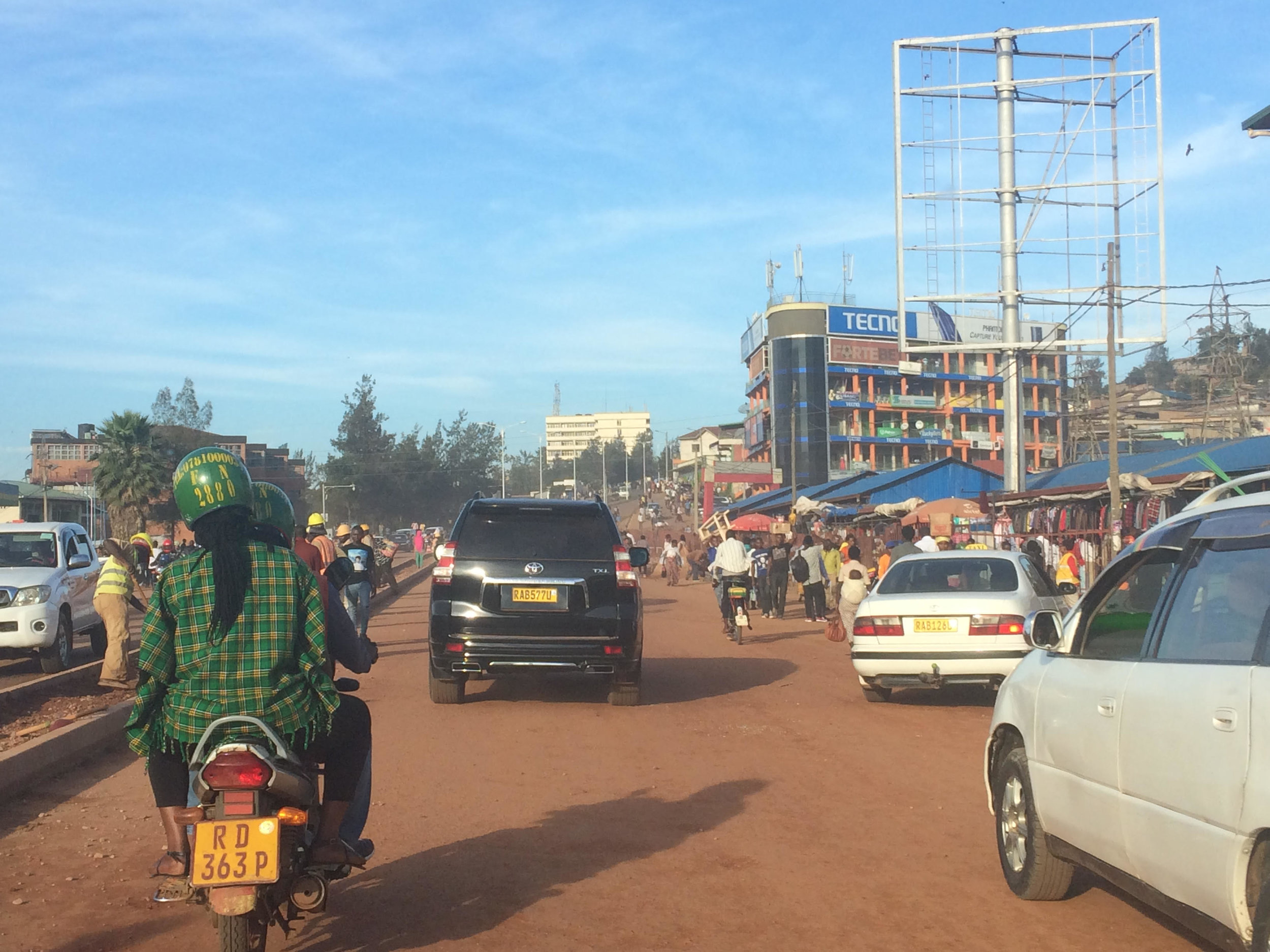By Andy Bilich
Gushaka ni ugushobora.
That means ‘if you try, you can’ in Kinyarwanda - a phrase that became an unofficial theme of the first ever Sustainable Energy Forum for East Africa. Held from March 19th to 21st 2018 in Kigali, Rwanda, the conference addressed a variety of energy-related challenges confronting the six East African Community (EAC) countries (Burundi, Kenya, Rwanda, South Sudan, Tanzania, and Uganda). Topics ranged from energy access and clean cook fuels to financing strategies and urban development. A wide-range of stakeholders attended, including students and researchers, EAC government officials, local NGOs, private sector companies, development agencies, and multilateral donors.
On the last day of the conference, Nataij President Dima Reda spoke as a panelist on the opportunities and challenges facing East African cities. She presented the findings of Nataij’s baseline study on urban sustainability in the EAC, which was completed earlier this year.
From left to right: Tareq Emtairah (UNIDO), Mohamed Bakarr (GEF), Dima Reda (Nataij), Vincent Kitio (UNHabitat), and Didier Nkurikiyimfura (Smart Africa) at the Sustainable Energy Form.
In October of 2017, Nataij was commissioned by the United Nations Industrial Development Organization (UNIDO) to conduct a baseline study as a base for developing future funding proposals for sustainable cities projects in the EAC. The aim: help inform, target, and tailor regional urban development initiatives. To do this, the Nataij team analyzed data collected from a variety of sources (including national ministries, statistics institutes, and international non-governmental organizations like the WorldBank, UNHabitat, SE4All, and WHO/UNICEF Joint Monitoring Program) and utilized the observations of its national consultants from five of the six EAC countries.
The study assessed the performance of urban sectors by developing a comparative, high-level snapshot of metrics in water/sanitation, industrialization, solid waste, transportation, and energy. The study found that, in many respects, urban sectors in the EAC countries have not kept pace with the region’s rapid population growth and urbanization. Although each country confronts a unique set of challenges, they share four critical barriers to urban sustainability. They include:
Diversification of the Economy: All six countries highlighted the need to diversify their economies including the need to build out the private sector in secondary and tertiary sectors, such as manufacturing and processing
Constraints of Underdeveloped Transportation Infrastructure: Transportation networks, particularly between major markets and urban areas, are constraining economic development and limiting the potential for competitive industries in the six EAC countries
High Cost of Doing Business: A significant barrier to diversifying the economy and developing industries and infrastructure is the high cost of doing business in EAC countries. Costs include, but are not limited to those related to energy/electricity, transportation, laws/governance, taxation/tariffs, and raw materials
Infrastructure/Technology for Basic Services: Infrastructure/technology for basic services like electricity, clean cooking and lighting, water/sanitation, and solid waste are inadequate, especially in informal settlements
Traffic in Kigali, Rwanda.
These challenges can serve as opportunities to better target and tailor urban development projects and programs that deliver solutions in line with local priorities in the communities where they are needed most. Specifically, the hope is that this study will help to:
Identify specific sectors/sub-sectors to focus additional research to develop project concepts
Identify areas where new projects can address existing gaps or build upon the results of past/ongoing projects
Facilitate a dialogue between local institutions and the broader international community to co-develop project proposals
Given some of the observations from the conference and the findings of the study, a few ideas for successful urban sustainability projects in the EAC could include:
Energy efficiency in the manufacturing and industrial sector, focusing on the reliability and affordability of the energy supply to combat the high cost of doing business
Electric vehicle car sharing to address transportation needs while also providing new employment opportunities, reduced local air pollution and traffic congestion, and potentially providing grid support and ancillary services as the electricity grid matures
Waste to energy, focusing on effectively managing municipal solid waste streams to provide local sustainable energy and employment for developing cities
Overall, the message of the conference was quite hopeful. While there are indeed significant challenges for development in the EAC, there is a growing momentum to transform these challenges into opportunities to drive innovation, investment, and thought leadership.
Murakoze (Thank you)!
For more information on Nataij’s work in urban sustainability and other projects, check out our portfolio or follow us on LinkedIn.

